Spain has a long history of connection with the Catholic church. I would venture to say many if not most observances nowadays are more tradition than religious observance, but there is still a pretty strong presence. For example, when we were registering our kids for school, which is public, we had to check the box of one of two options for one of the class hours: religión (Catholic) vs atención educativa (which is like morals and values). In Hazel’s class during that hour, for example, the class is pretty much split evenly between those two.
So with Easter and Holy Week coming up, one of the holidays “celebrated” around here in a small way is Carnaval, which is the week of partying before the 40-day fast of Lent. I say “celebrated” because it’s not like there were a lot of festivities around town (I think there were some options of things to do in different neighborhoods, but it was rainy and we didn’t go anywhere) and school wasn’t off. I’d say it was more like the schools did activities as a nod to Carnaval. This year Carnaval fell on Feb 8 -14, and the kids’ schools did activities on Friday the 16th. Actually the elementary was planned for Feb 9 but it rained so they pushed it back a week.
The elementary school had a parade, and for the first time ever, apparently, the 1st and 2nd-year students of the secondary school had a dance, which took place the last period of the day.
Elementary
The elementary parade was following the same theme as the Christmas performances: the students were travelers across islands of the sea, and they had a whole narration along the way. So each grade dressed up like something associated with islands or the ocean, and at the time of the show, each grade took turns parading around the large patio outside to music (many Disney-themed, like Moana and Little Mermaid) in front of everybody else.
Grace was a viking, Tyrus was a pirate, and Hazel was Hawaiian. Grace didn’t want to wear the viking hat for the parade but she put it on for pictures. Other costumes were ancient Greeks, ocean creatures (the little preschoolers), British naval officers, other Polynesians, and beach tourists. Tyrus’s teacher dressed up like a map to guide the British naval officers, and danced around to the Dora song “I’m the map.” The sixth graders were dressed all in black, a double meaning–they were in mourning for their last year of elementary school, and they were also representing the end of the party. Their parade was a funeral procession and included the ceremonial burial/burning of the sardine, which according to Carnaval tradition symbolizes the end of Carnaval festivities, the final purging of vices in time for Lent. A group of students at the front of their procession carried a giant paper dead fish, then all the 6th graders circled up and several students from every grade came to the middle and put papers representing all things bad in the middle of the circle, then they covered it with a giant black sheet, then the ceremony was over and the sixth graders burst into dancing. I had no idea what any of the fish stuff meant while it was happening–it all seemed random to me–and I had to look up the meaning later.
All the kids of the whole school learned a fun little rhyme with hand motions that they sang during the show.
Dos cocos
Al salir de la cueva,
Me encontré una palmera,
Que tenía dos cocos
¡Ay que hambre a mí me entró!
Cueva
Palmera
Cocos
¡Ay que hambre a mí me entró!
Le di un golpe a la palmera
Y los 2 cocos cayeron
Me dieron en la cabeza
¡Vaya golpe que dolor!
Palmera
Cocos
Cabeza
¡Vaya golpe que dolor!
Mi cabeza está tan dura
Que los dos cocos se abrieron
Los lleve hasta la cueva
¡Ricos cocos comí yo!
Cabeza
Cocos
Cueva
¡Ricos cocos comí yo!
¡Ricos cocos comí yo!
[CUEVA = Palmadas con las manos en forma de cueva.
PALMERA = Palmadas con las manos planas en forma de palmera.
COCOS = Golpe de nudillos con los puños cerrados en forma de coco.
CABEZA = Ritmo suave, hacemos sonido con la boca]
Secondary school
The secondary school dances were choreographed to two different dances: Dance the Night for 1st years, Natalie’s grade, and Madre Tierra (Oye) for 2nd years; all the classes of each grade danced together, each class with their own costumes, and the “best” class of each grade got a trophy.
One of the biology teachers that I work with was the driving force to teach the choreography to all the classes and get them rehearsing. One day when I was in her class that was the day she was encouraging the students to sign up for the dance (it wasn’t mandatory). “Come on guys! High school is not just about studying all day! I mean that is important, but when you look back you’re going to want to have great memories, like Remember that time we danced for Carnaval?” And she said she would raise their grade if they participated. I also loved her encouragement during rehearsals. “Come on guys, have some pride! Put some energy into it! When you get up there you don’t want to look bad in front of everybody!” She took the whole thing very seriously, in a fun way, and got everybody dancing their best. Mostly. Sadly her uncle passed away and she didn’t make it the day of the dance, but she should get a trophy for all her efforts.
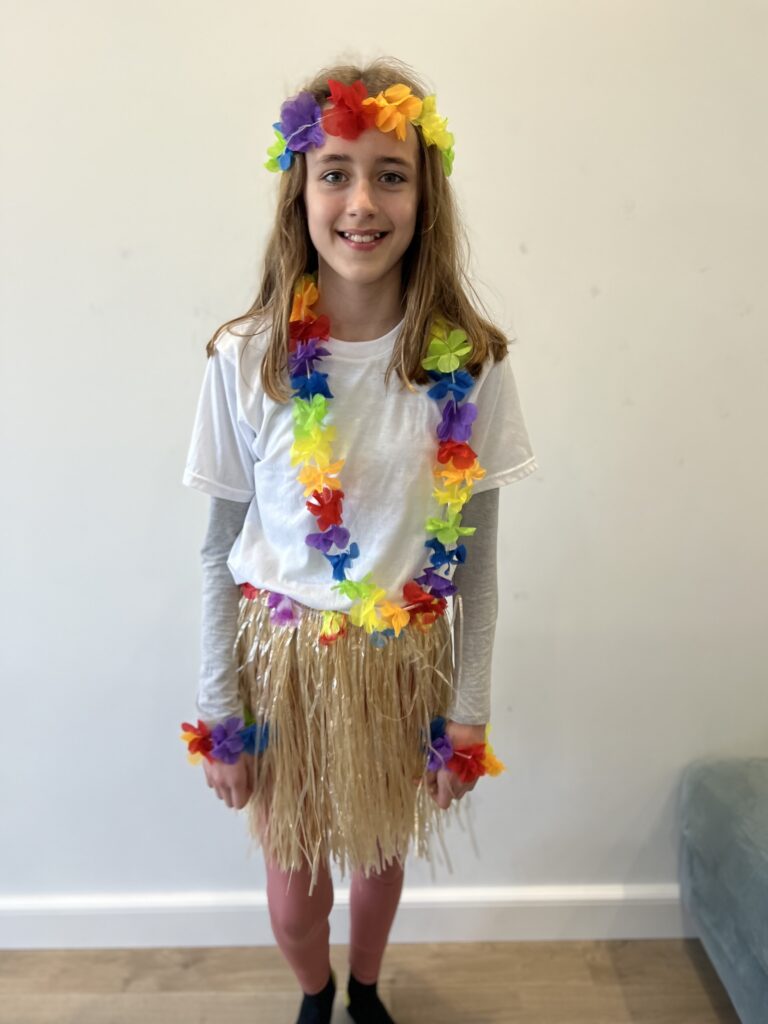
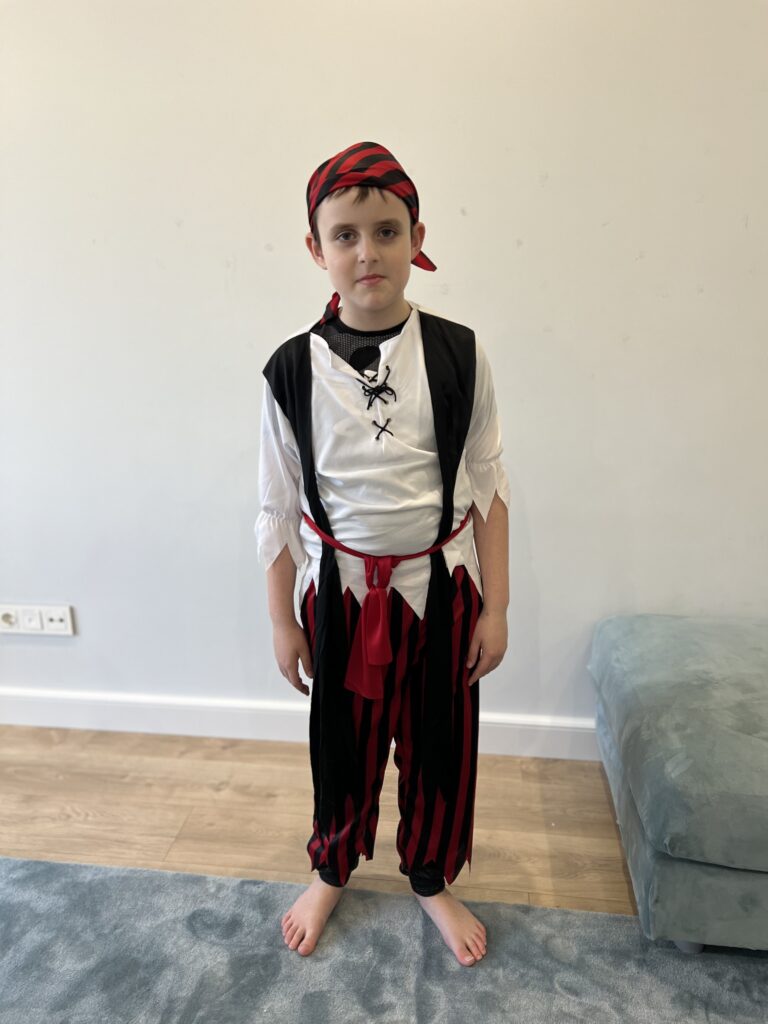
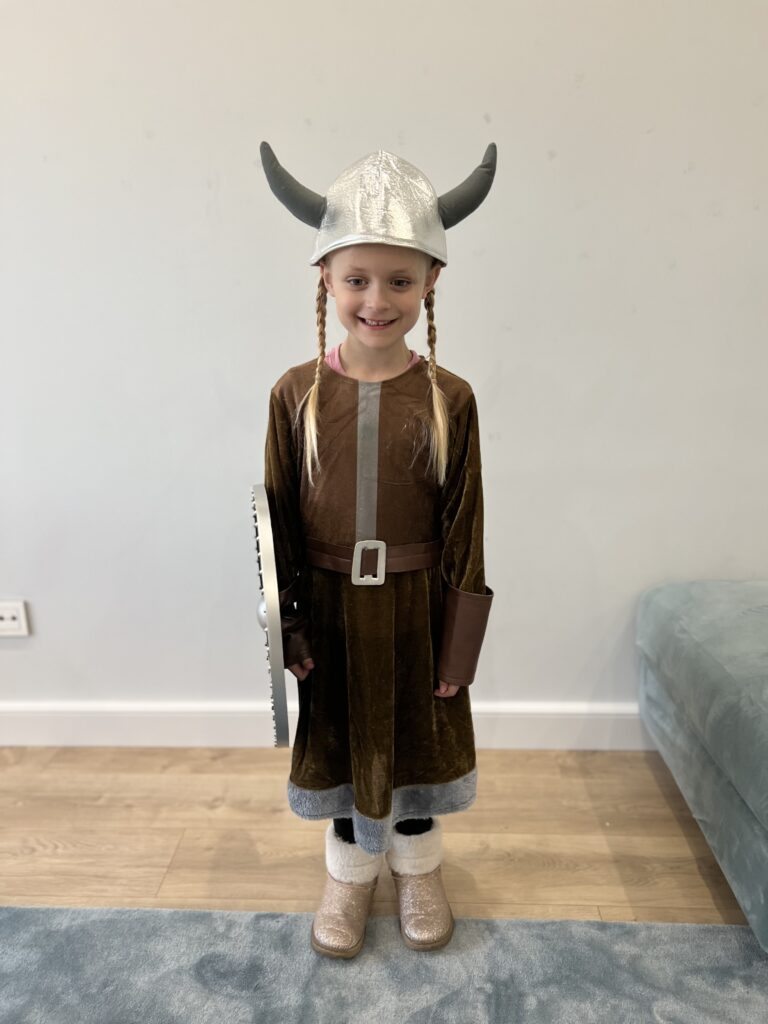
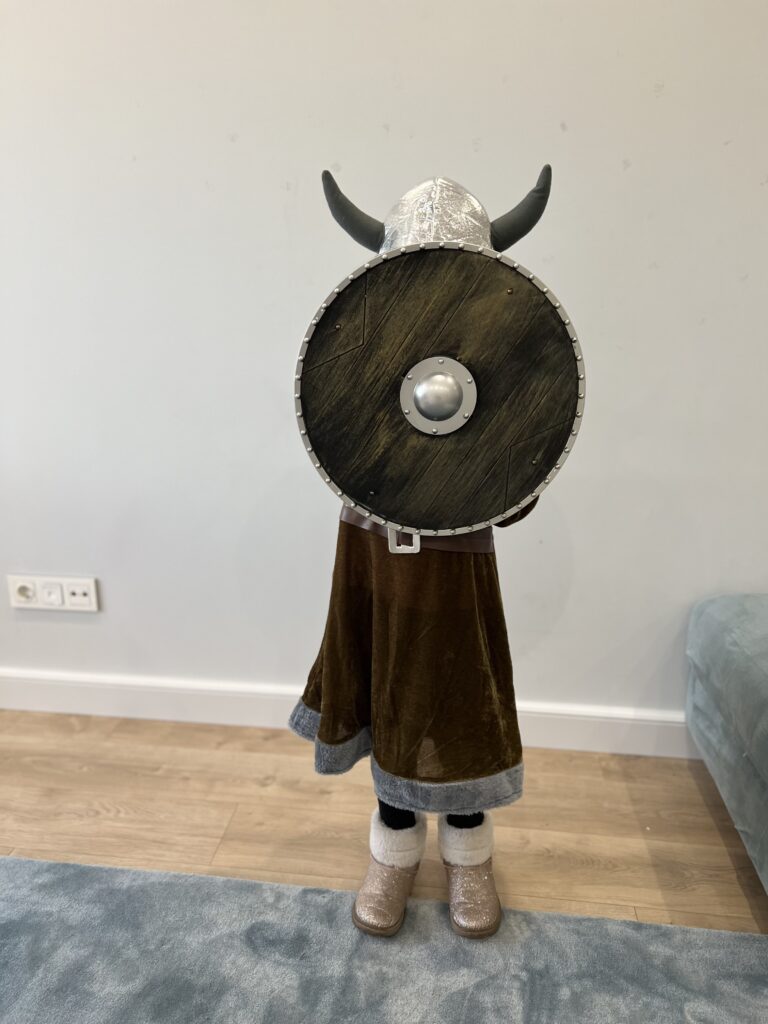
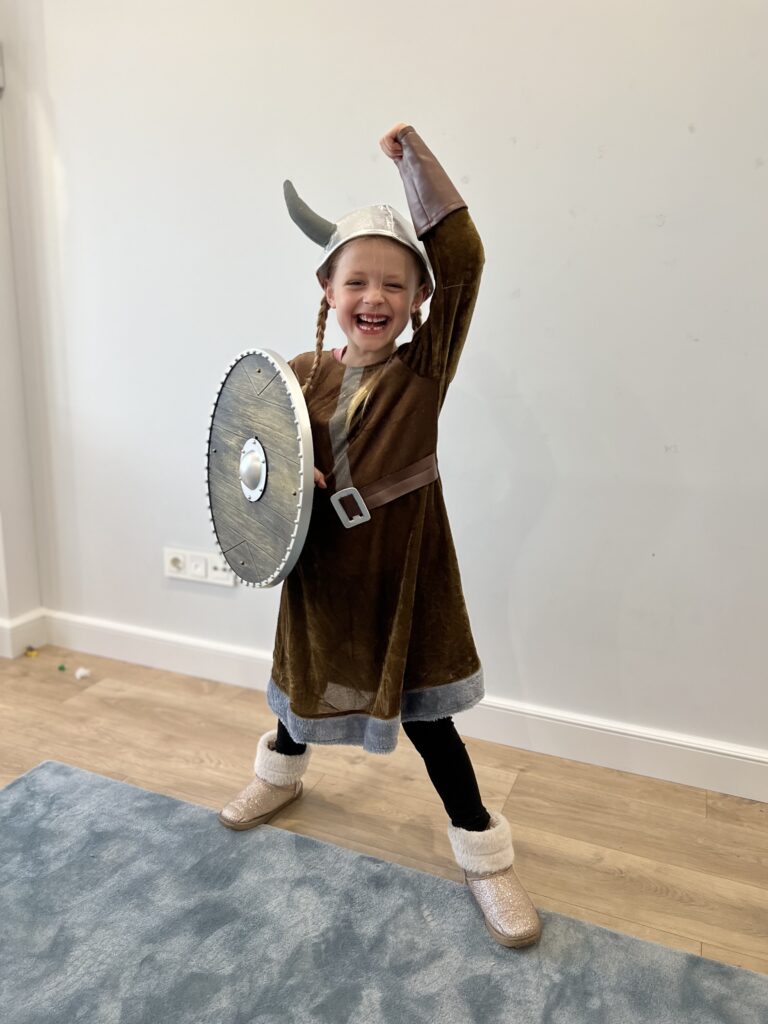
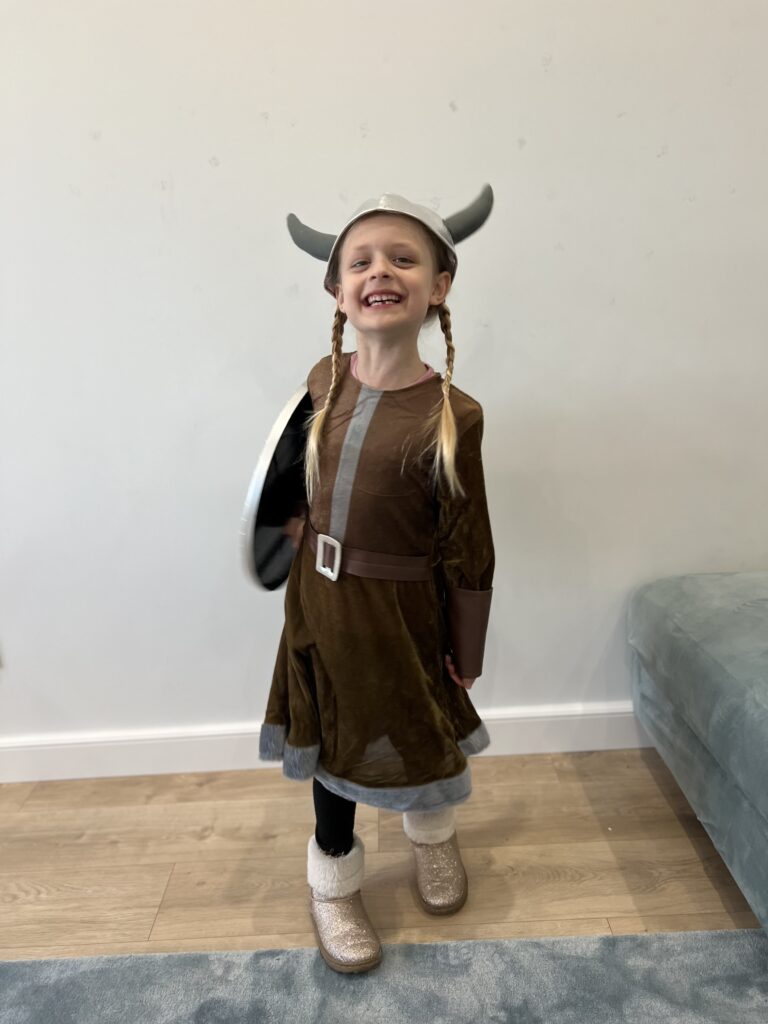
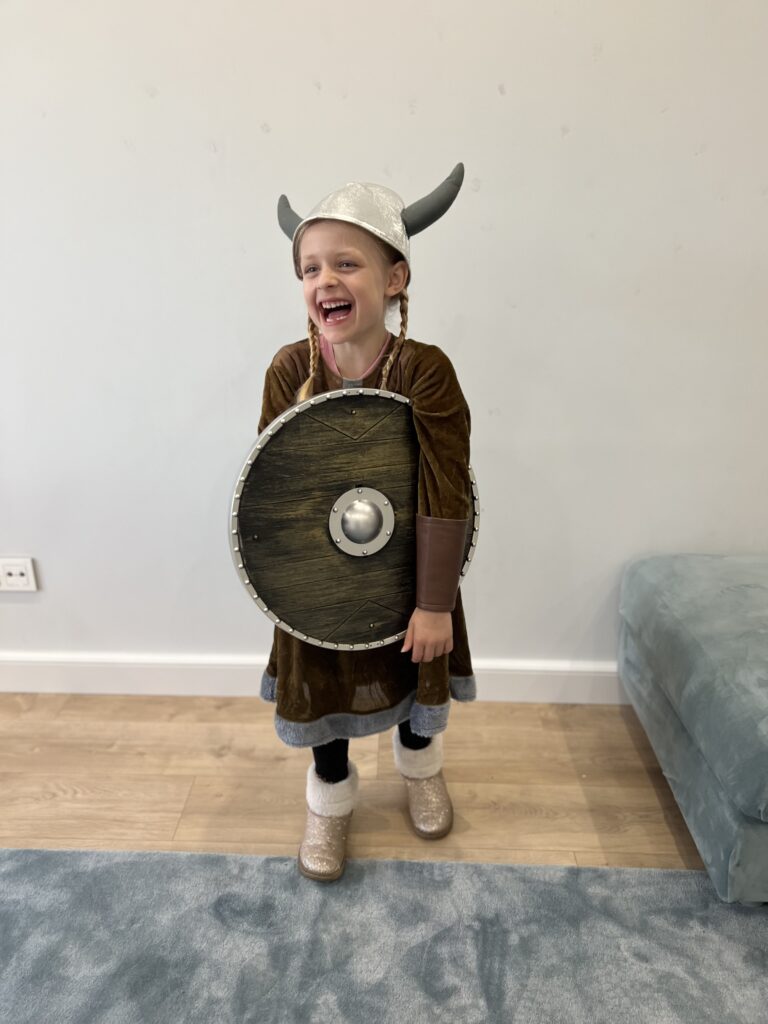
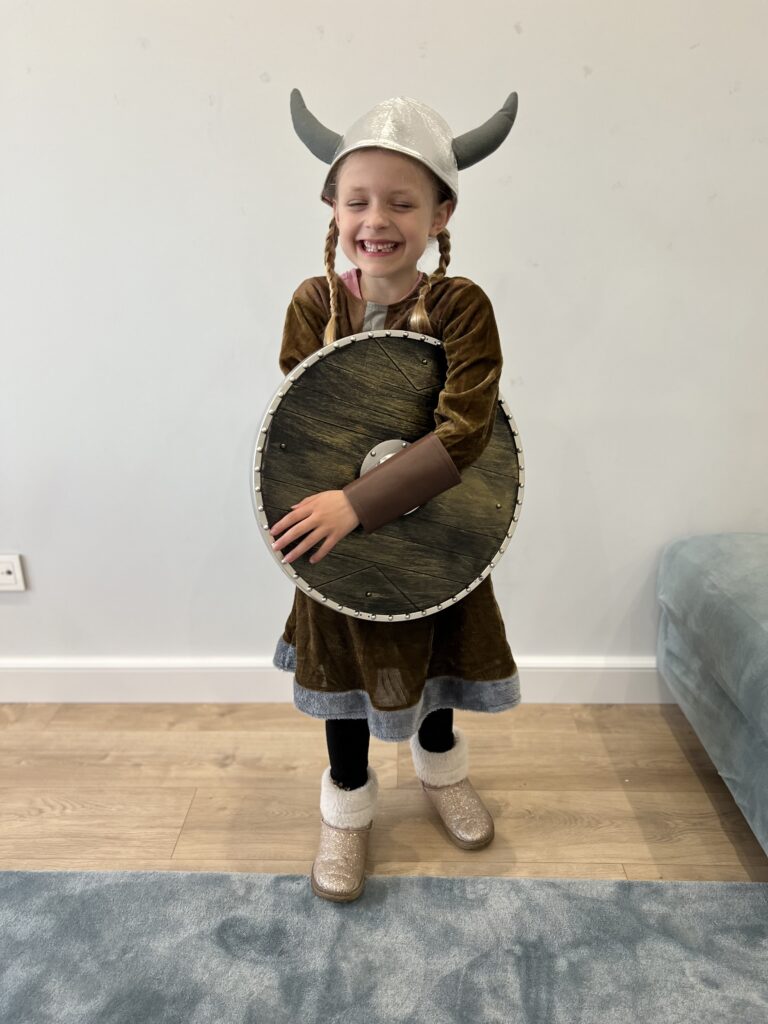
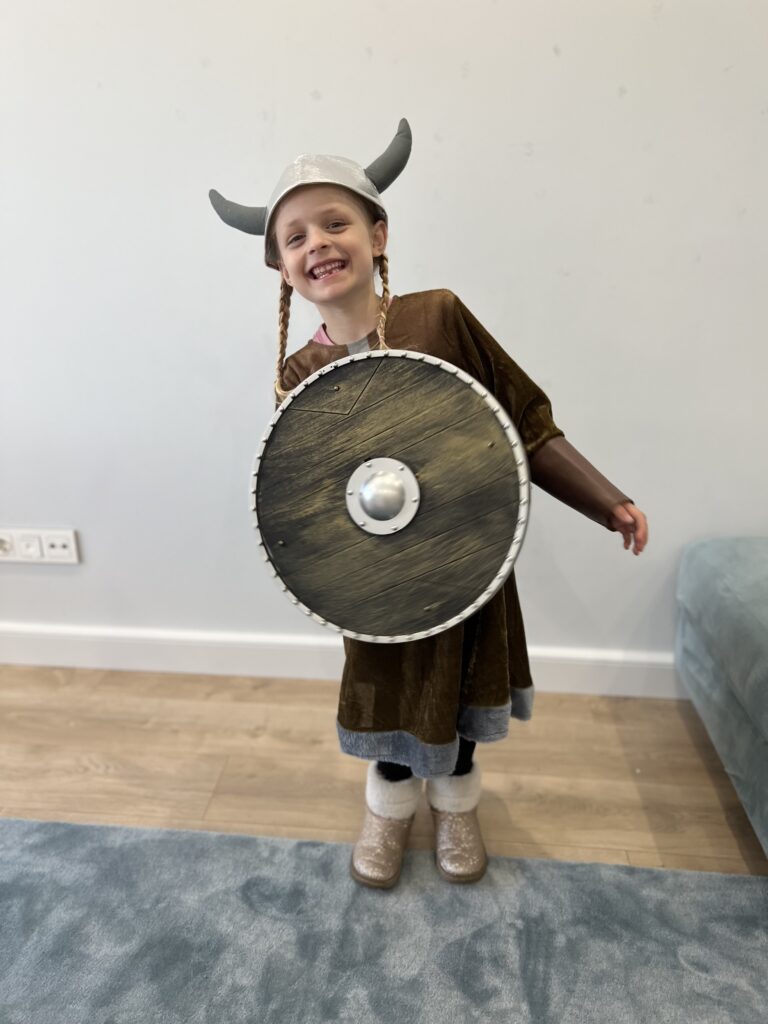
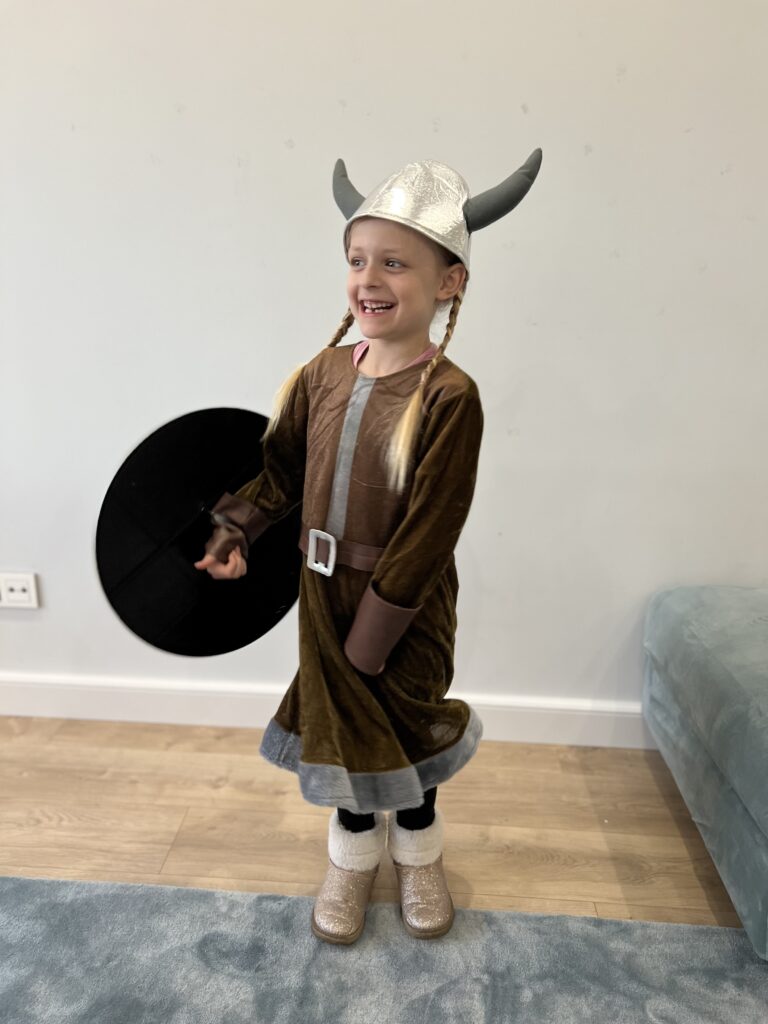
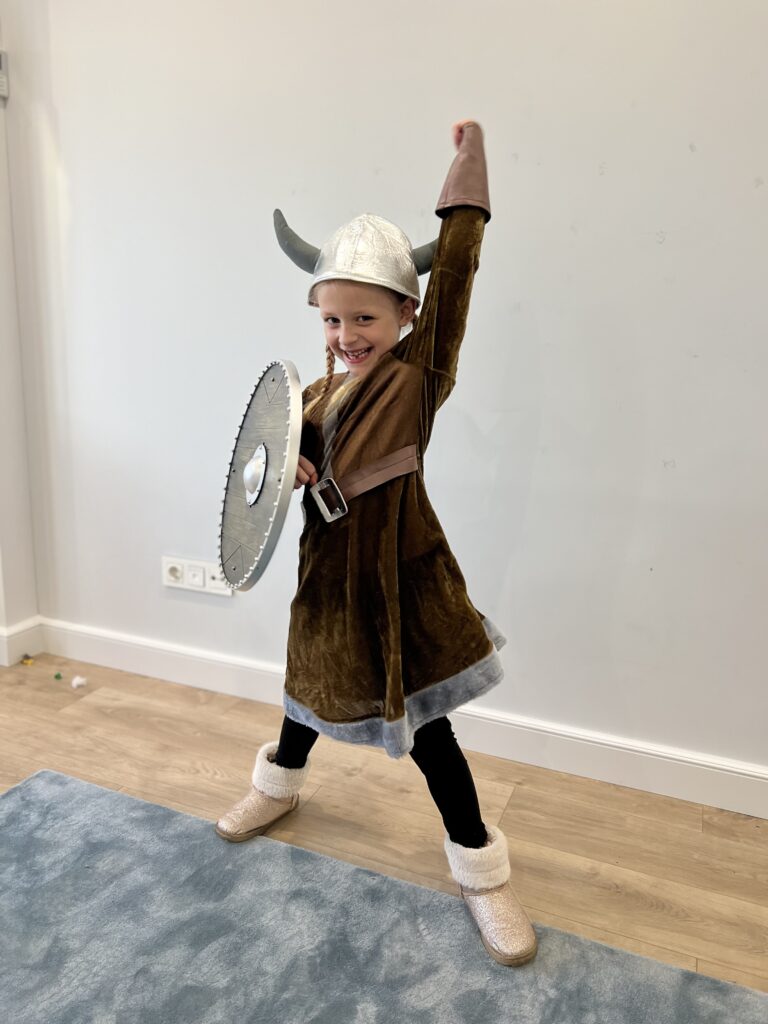
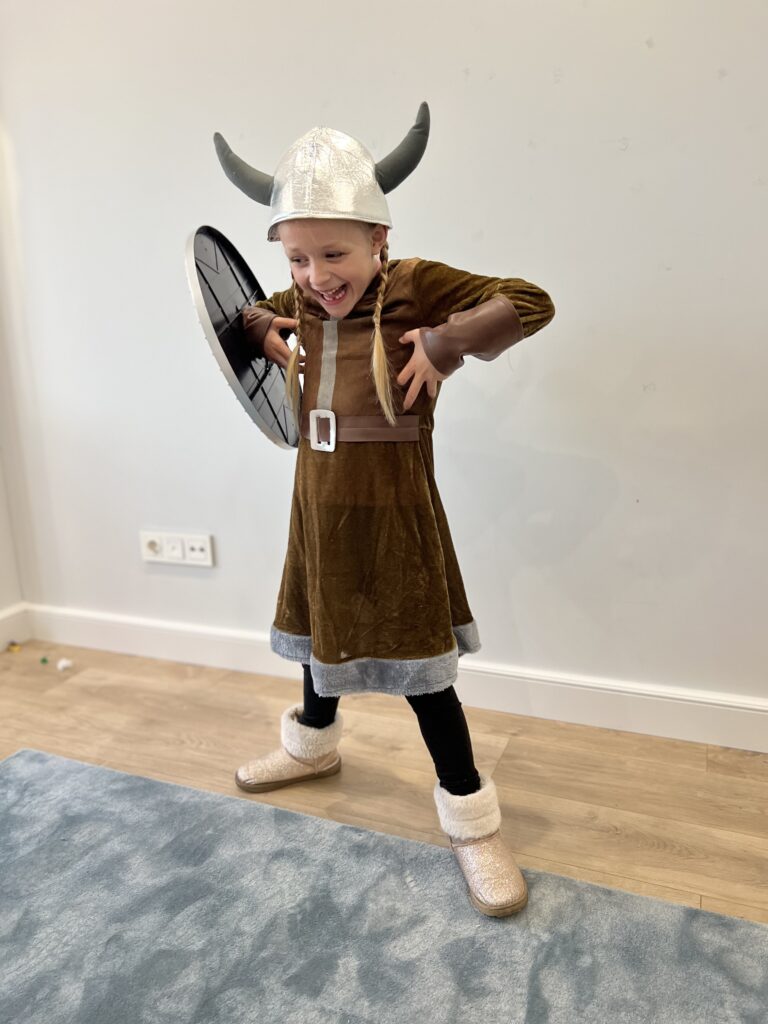
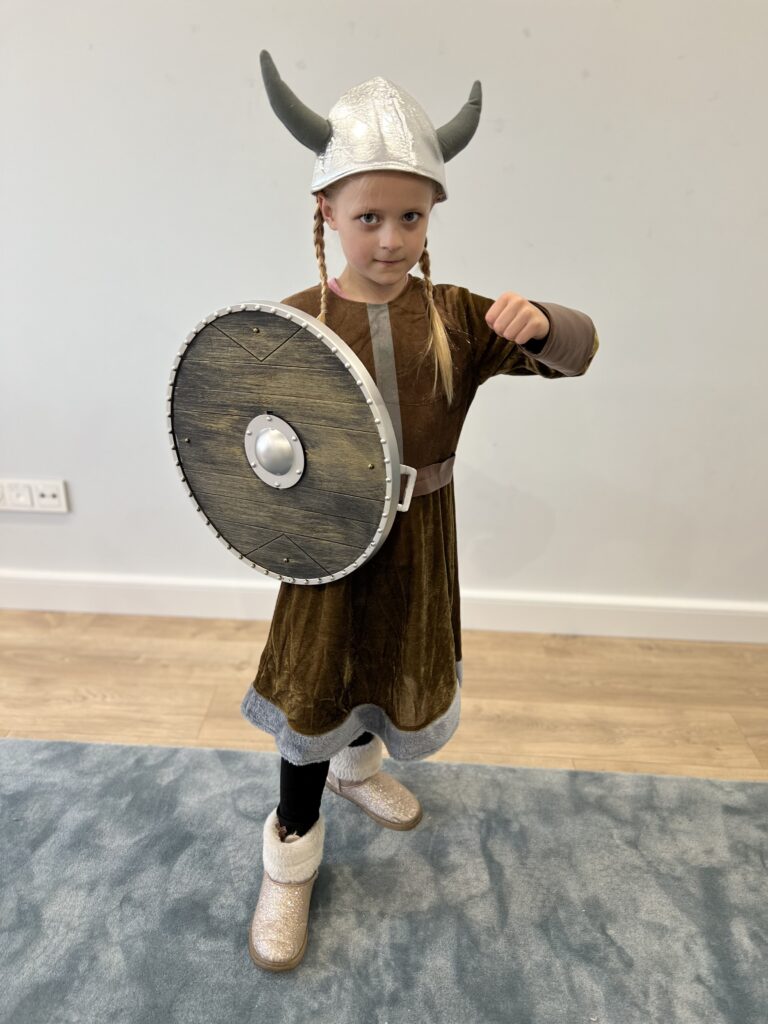
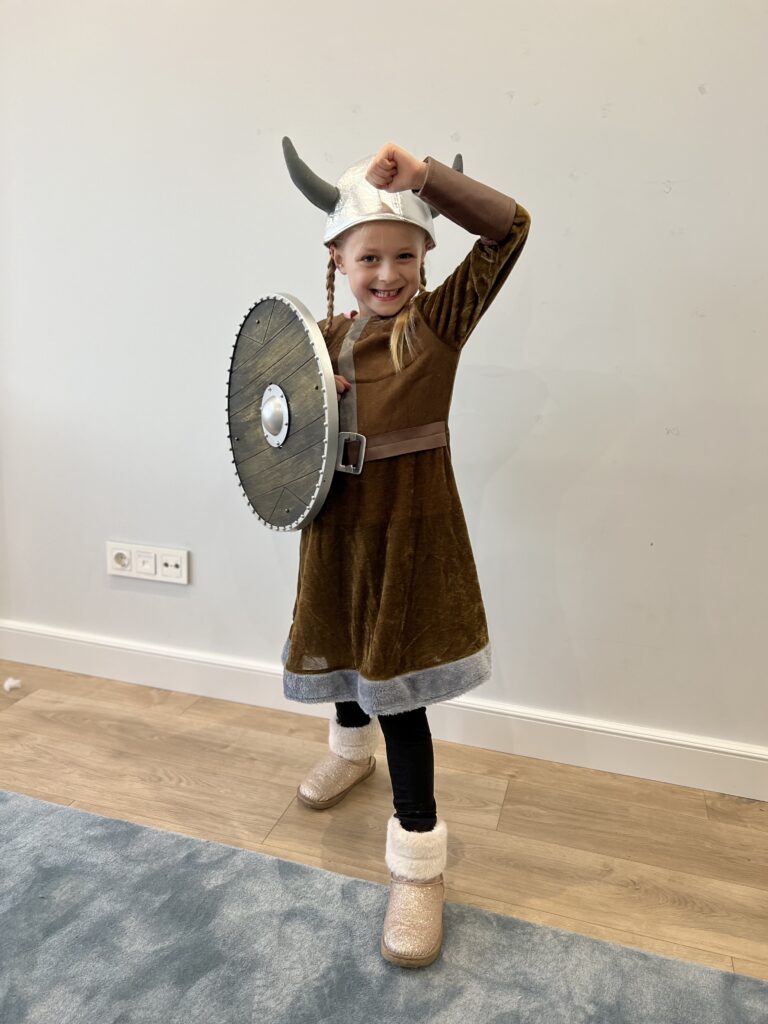
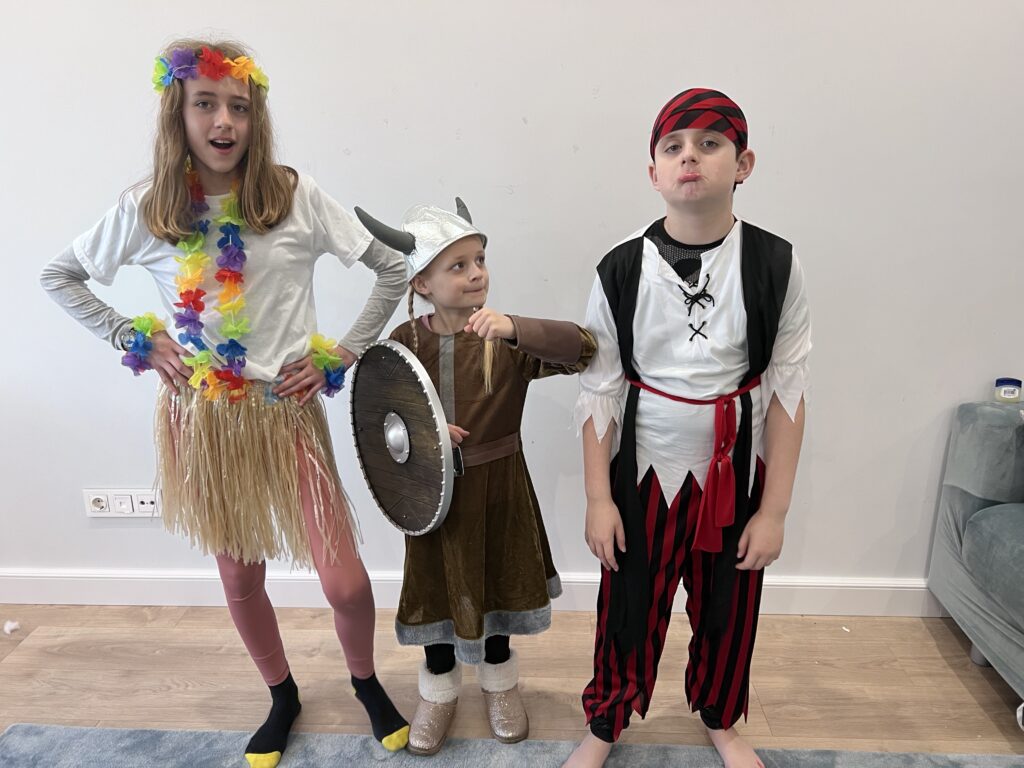
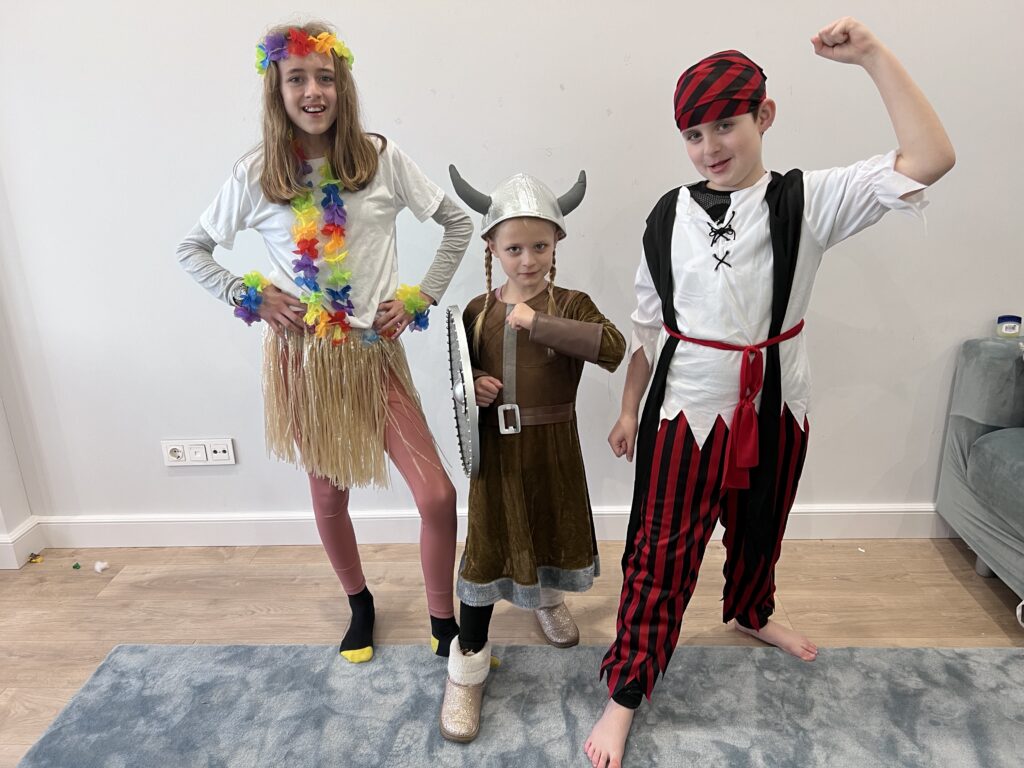
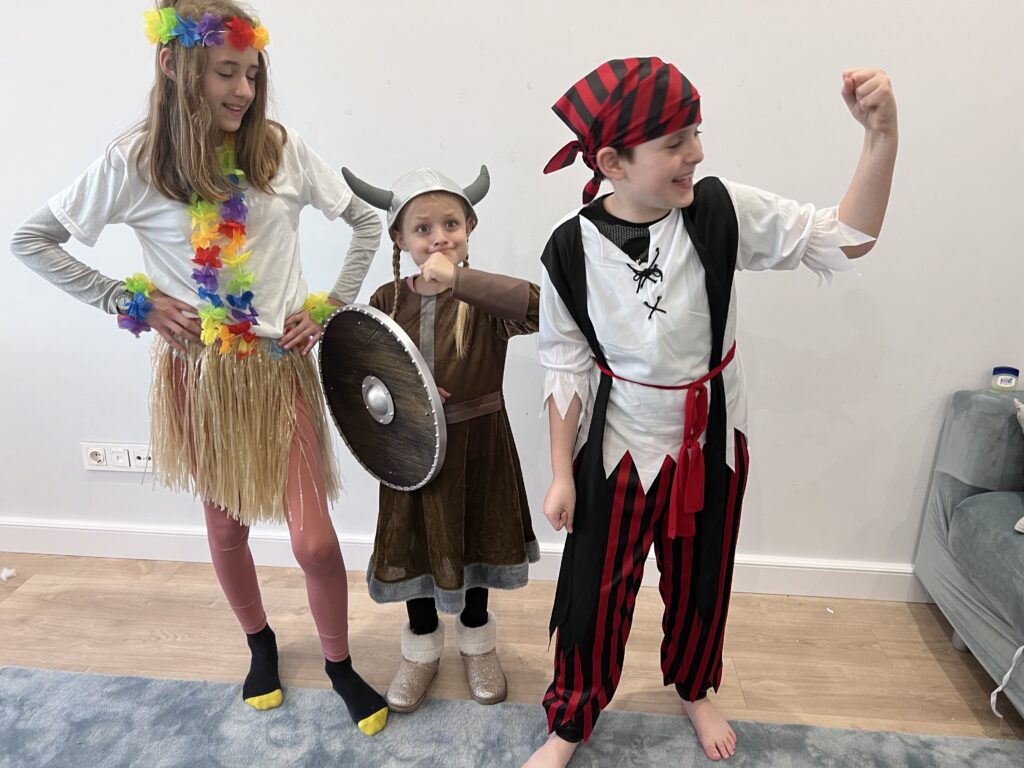
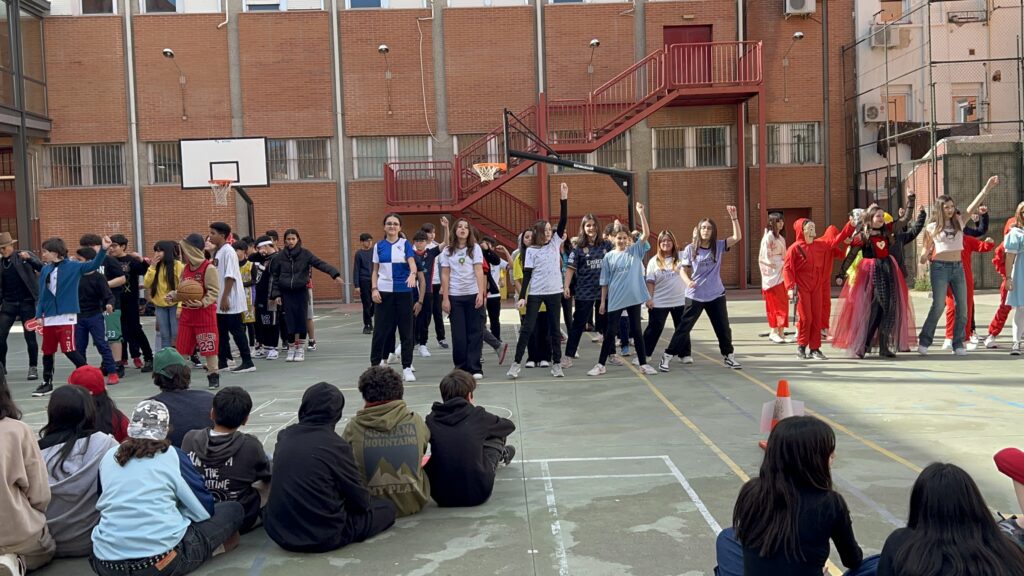
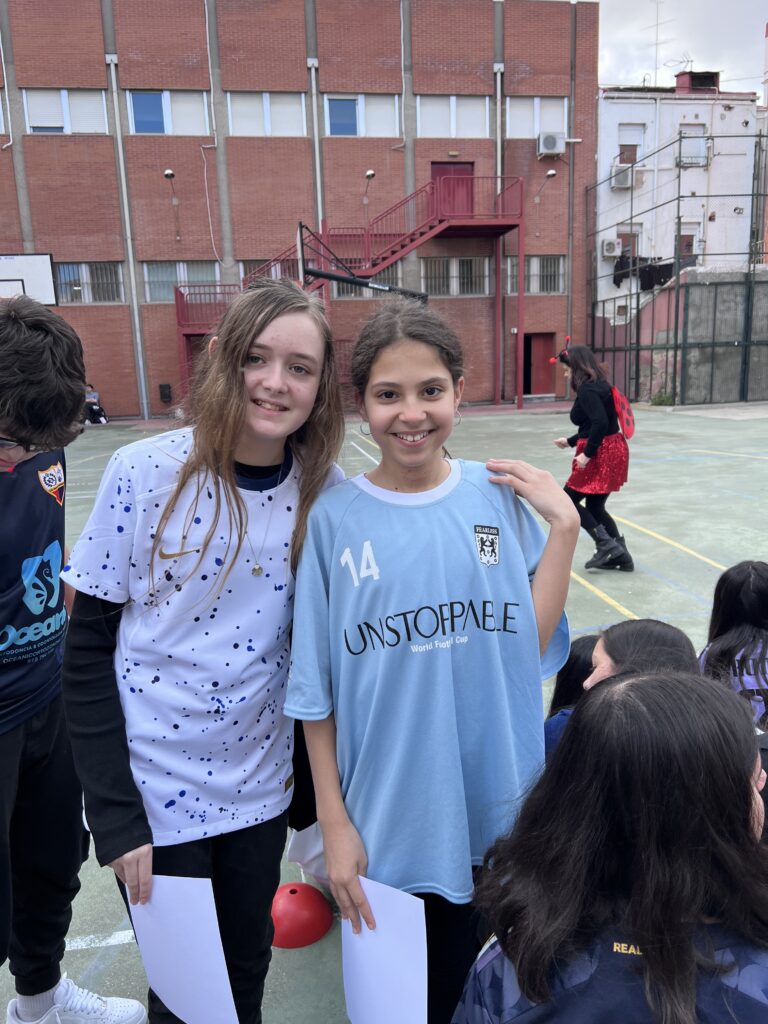
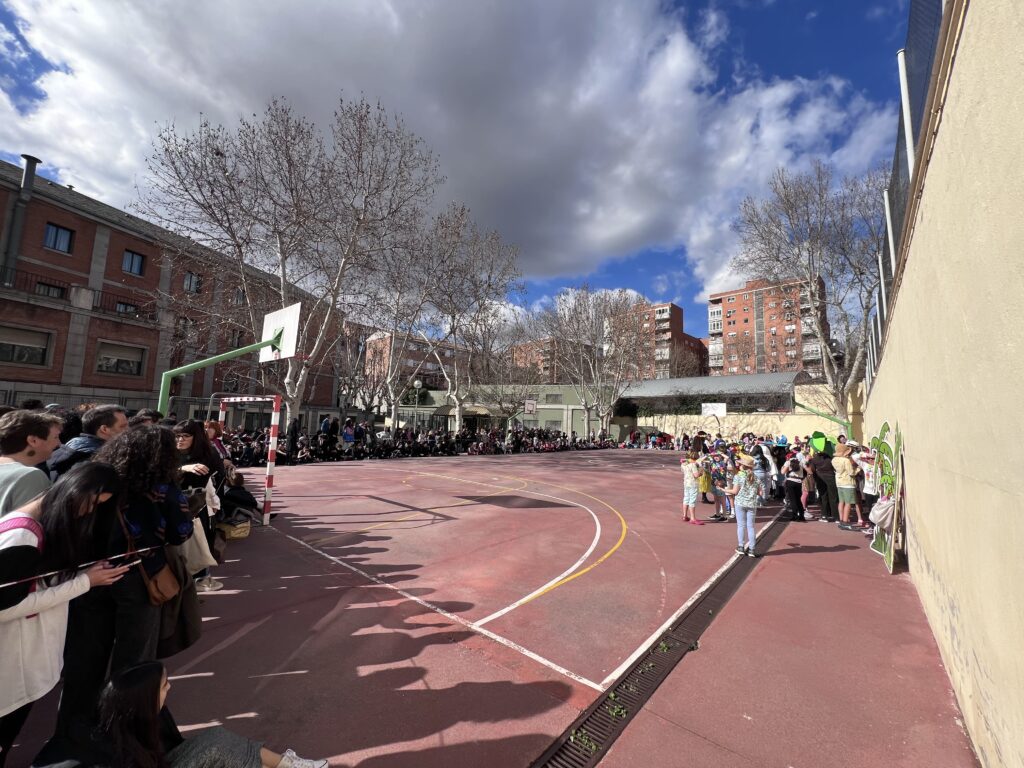
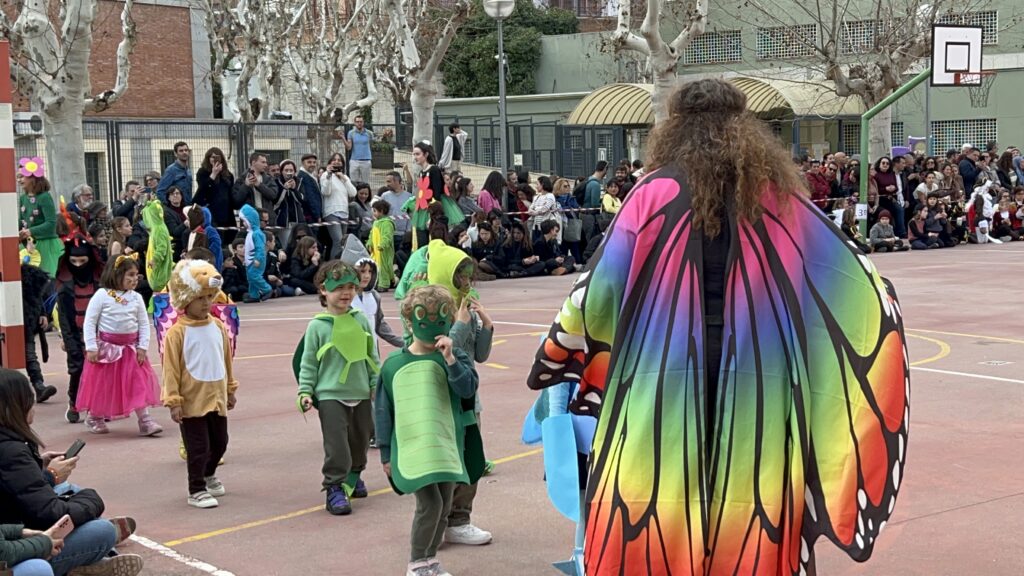
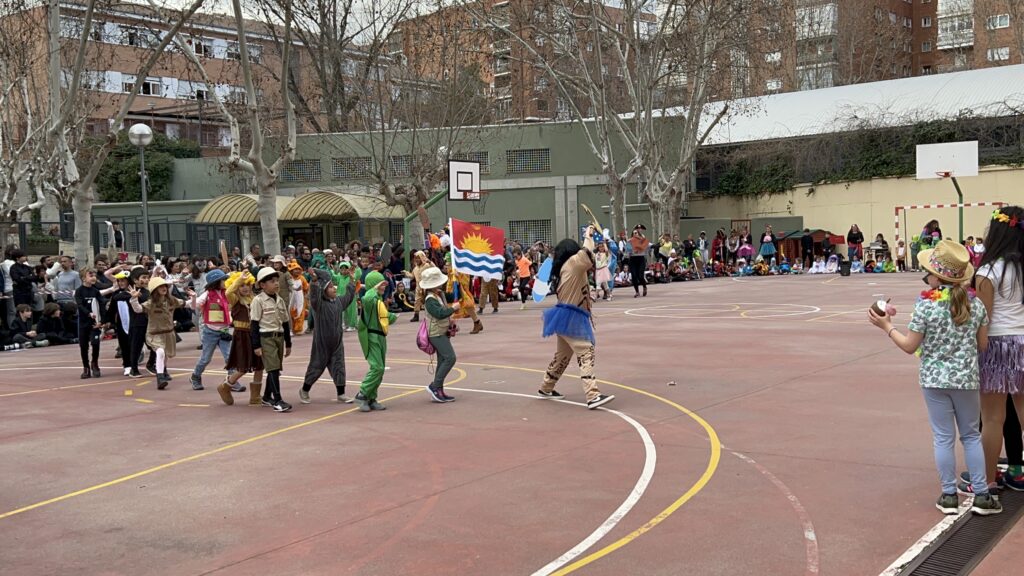
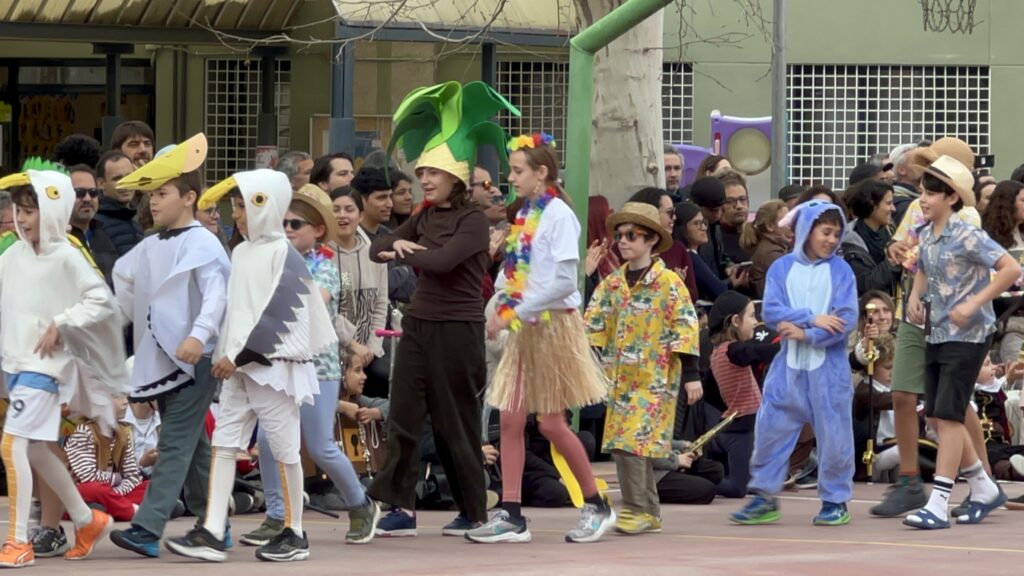
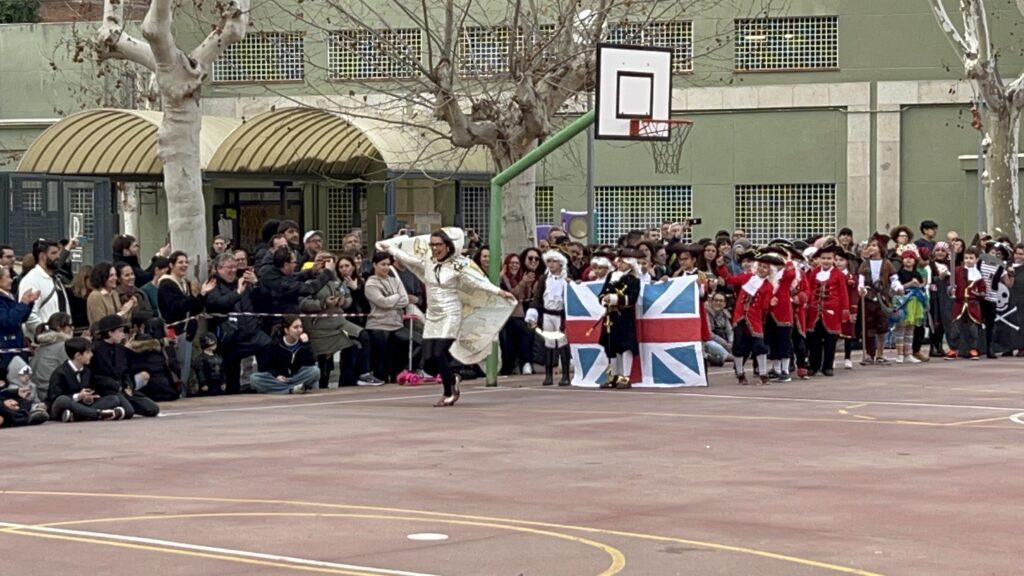
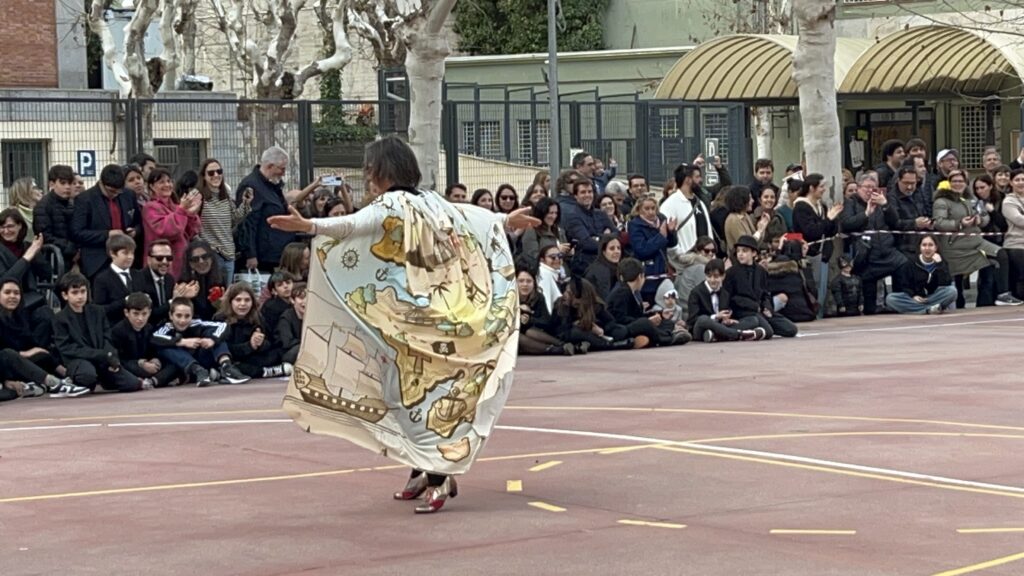
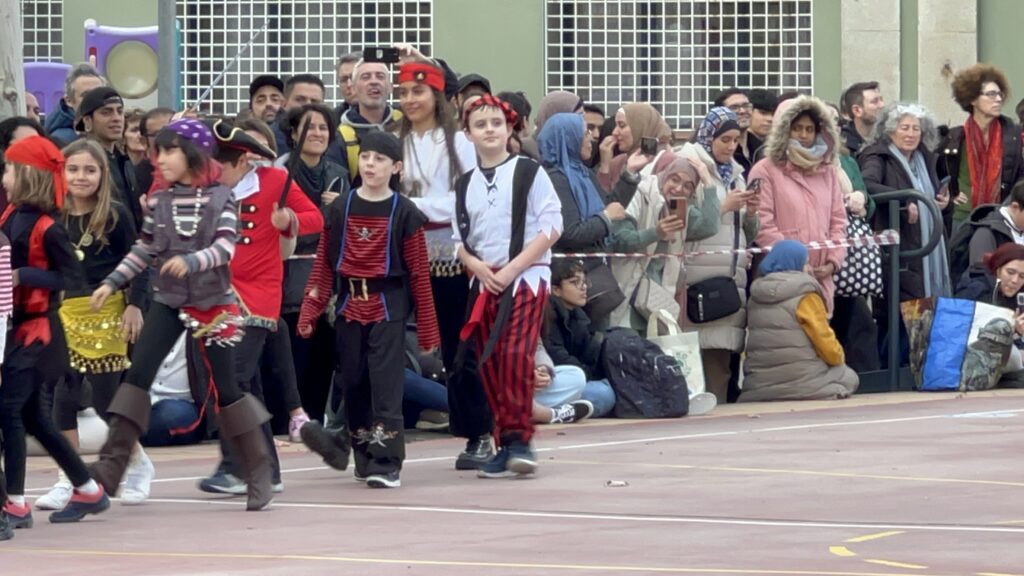
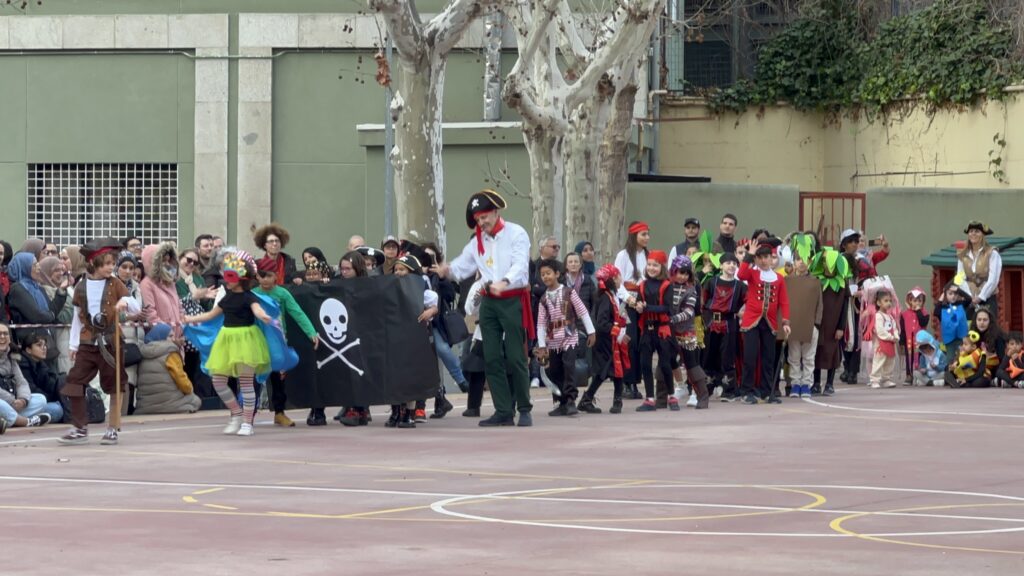
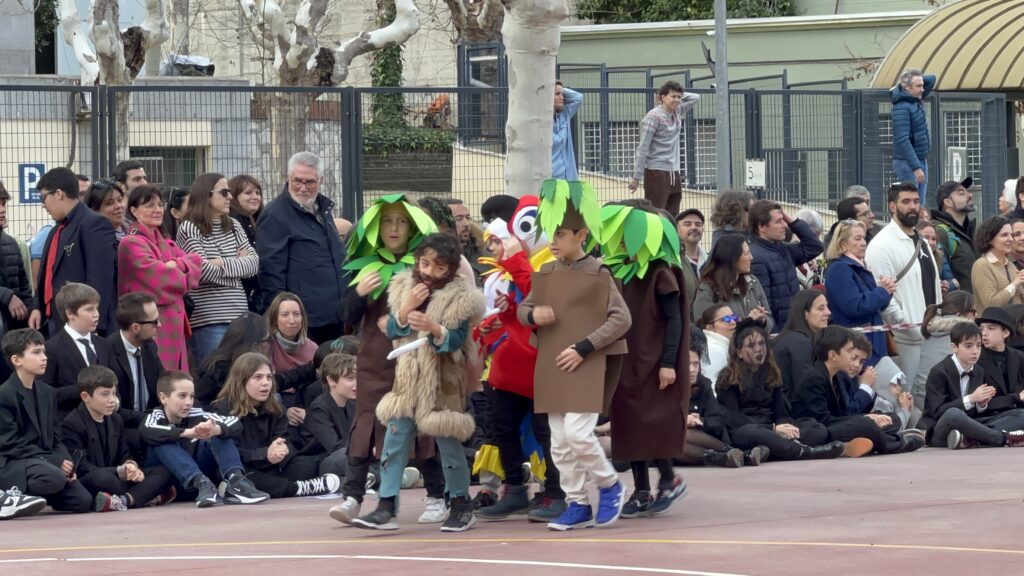
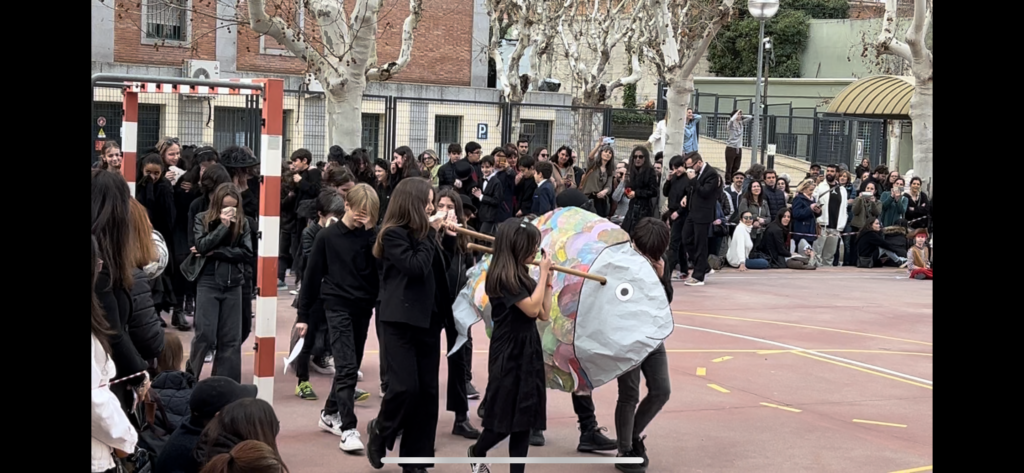
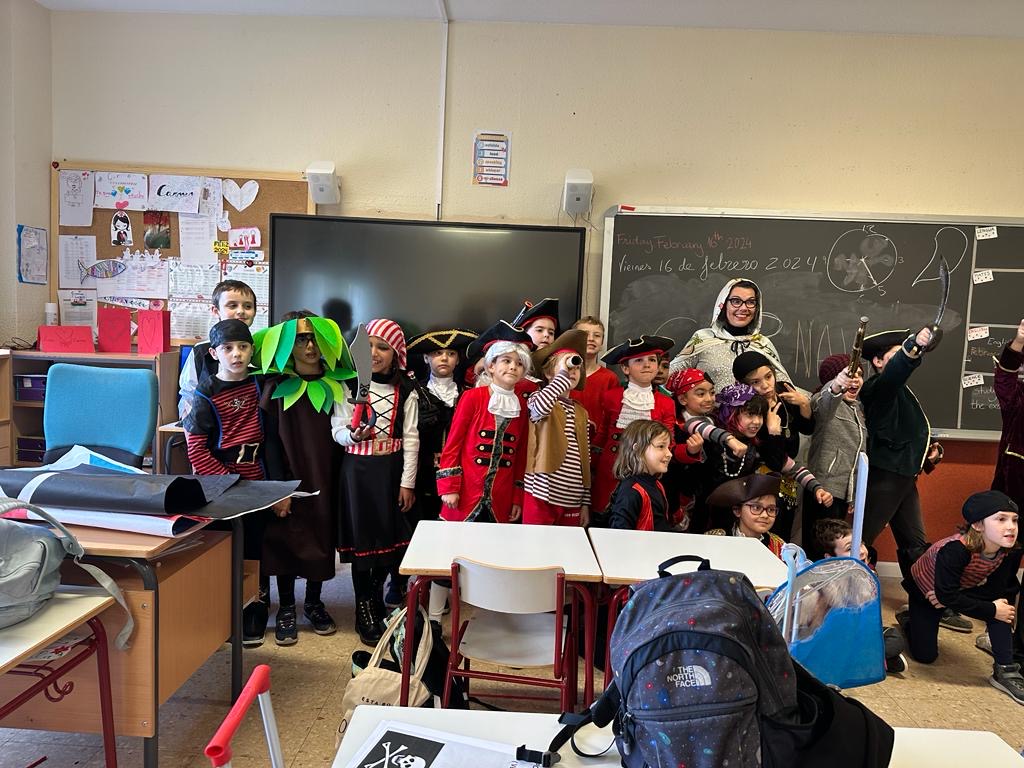
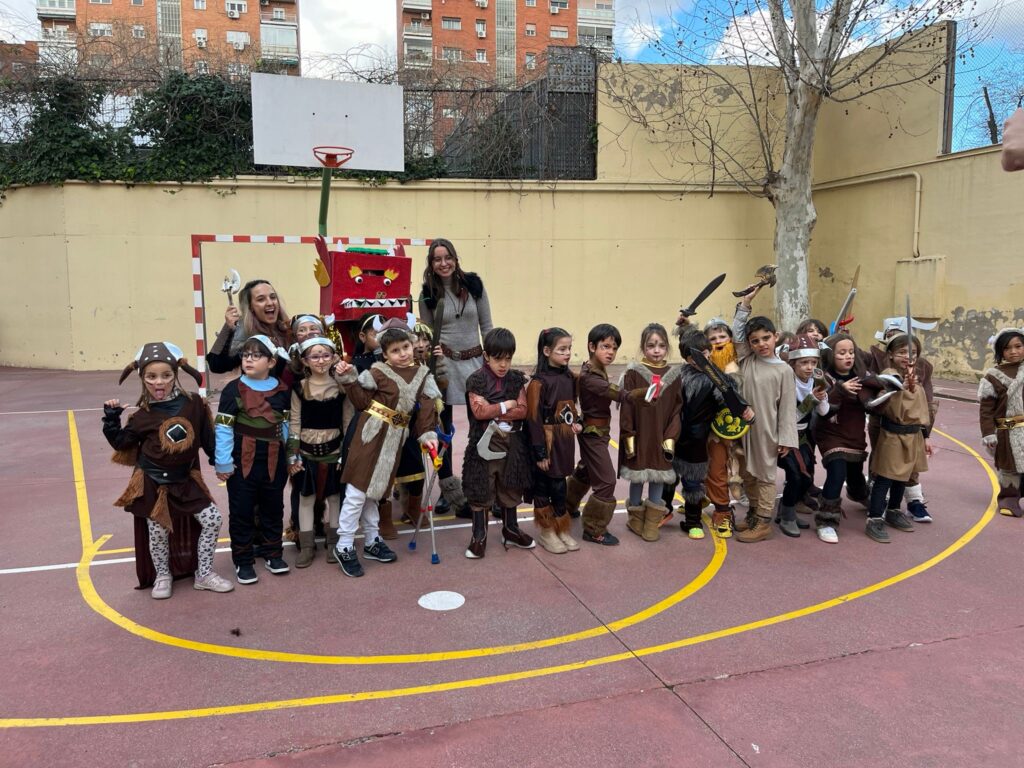
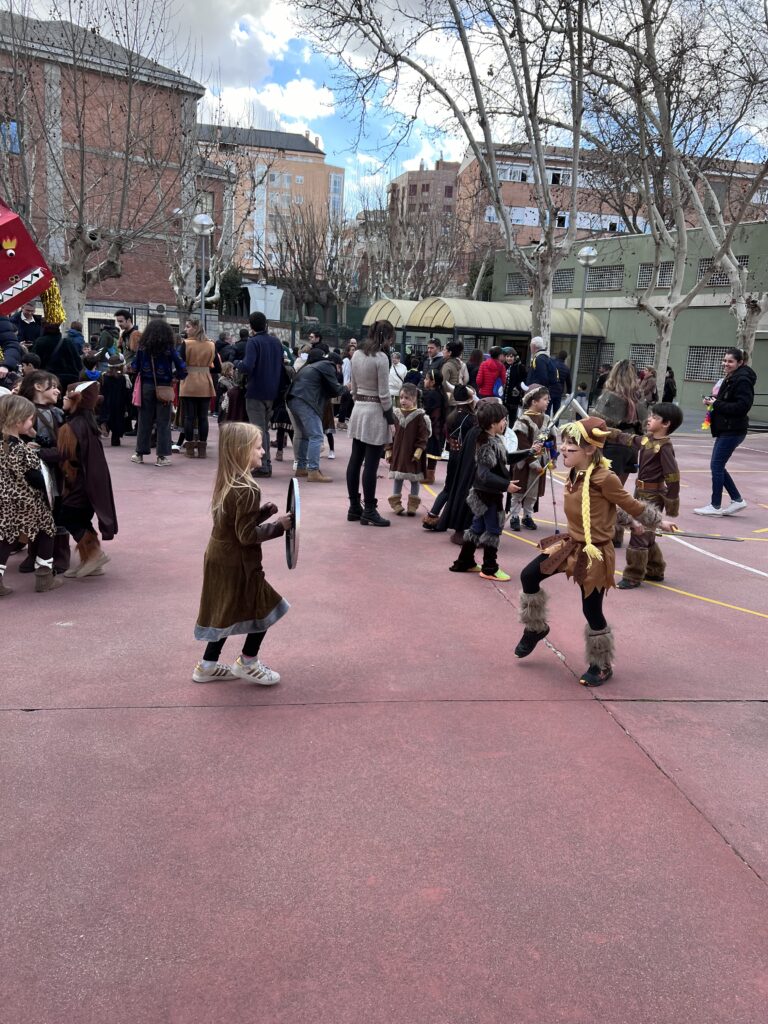
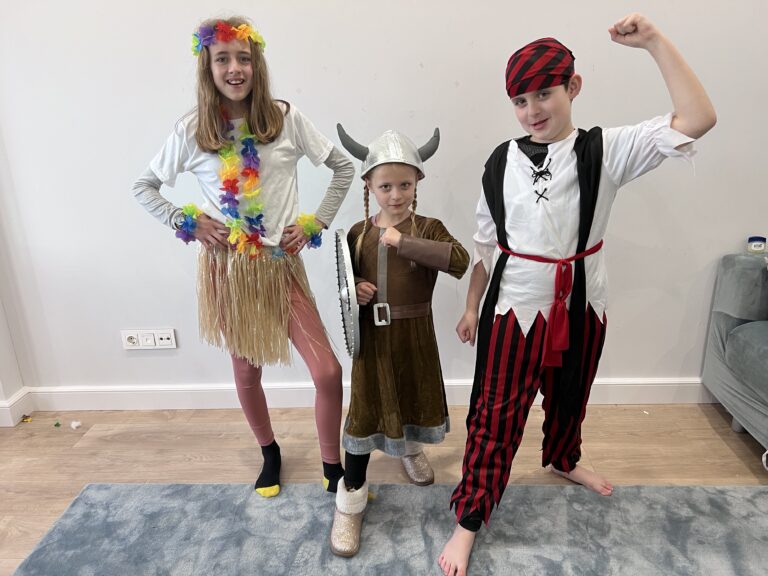
One Response
How Fun! Hey, Grace, according to my ancestry DNA test I’m part Viking–a very small part. You may have Viking genes too! Thanks for representing our people!